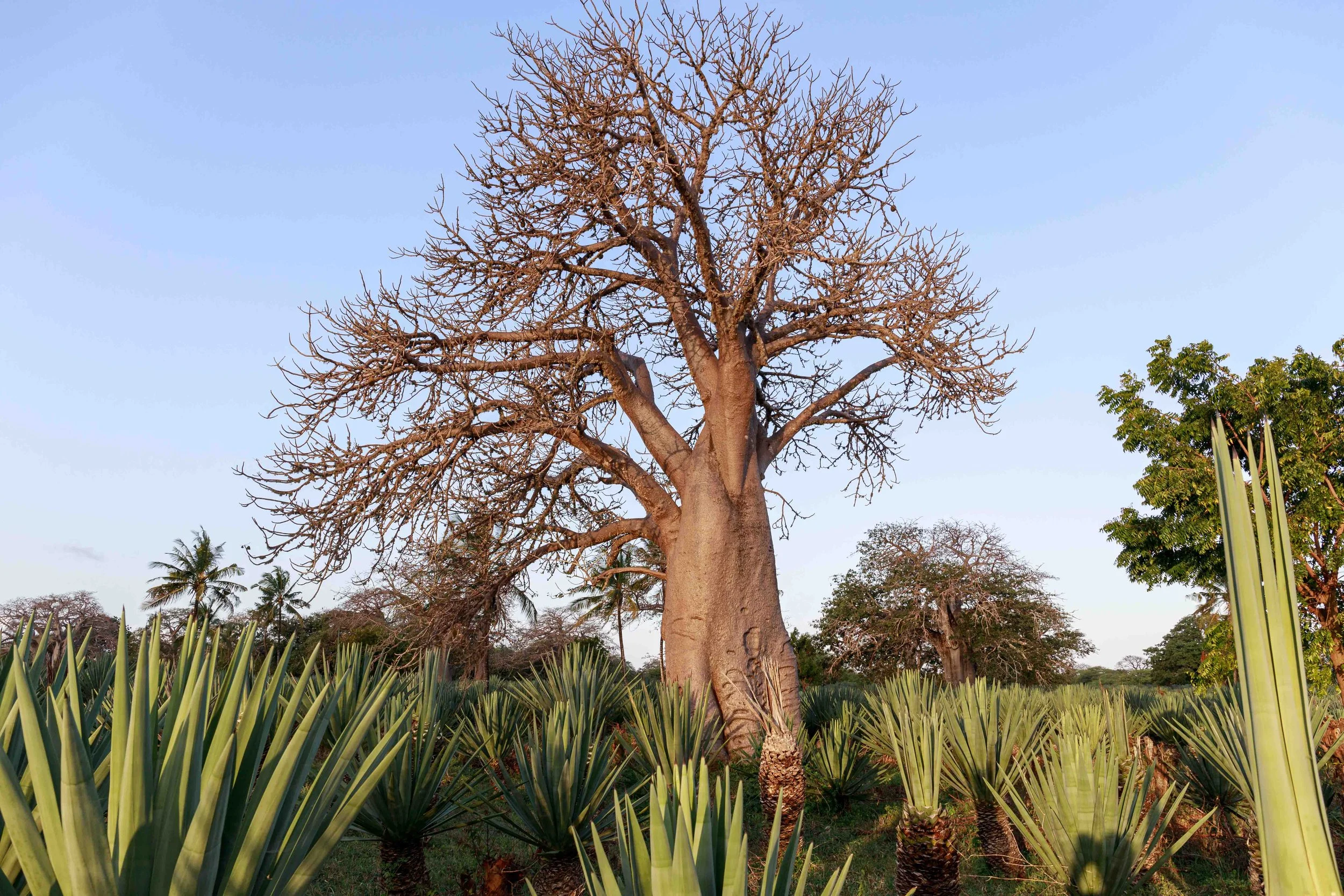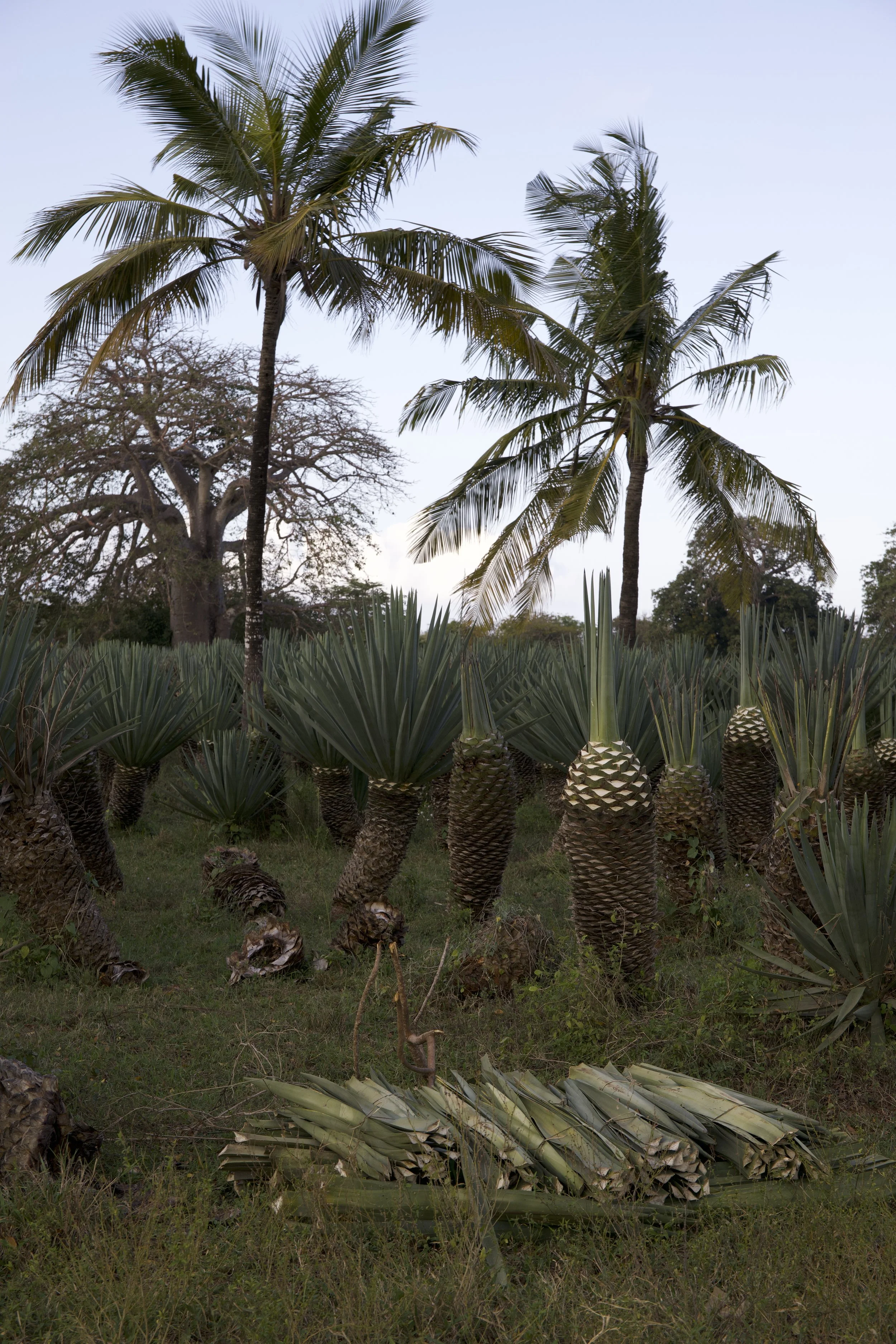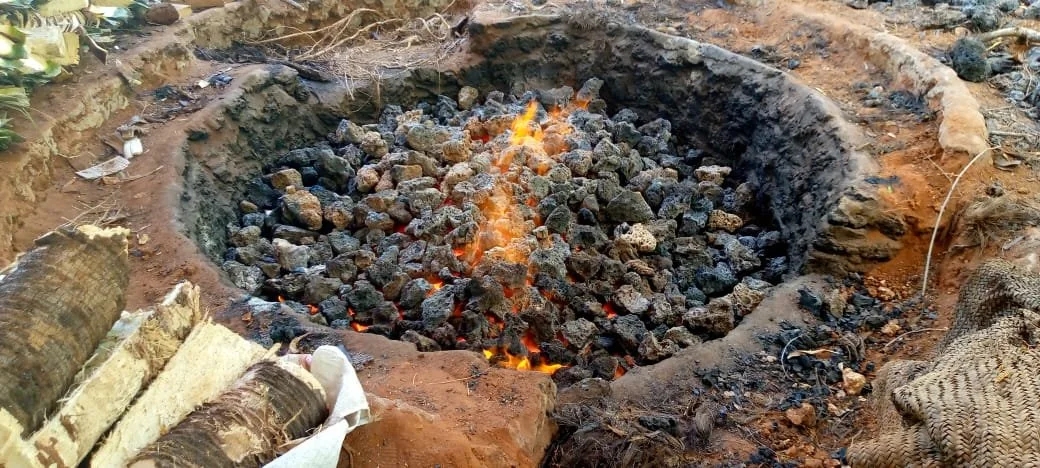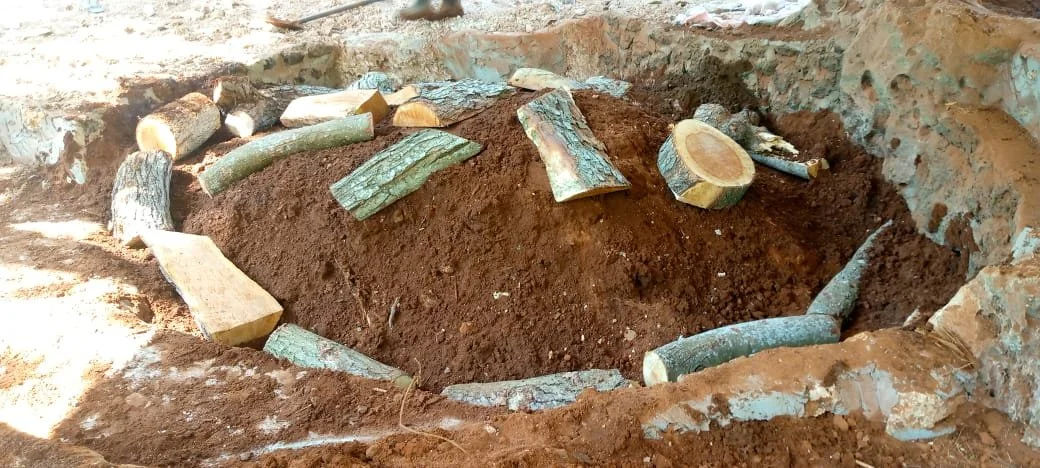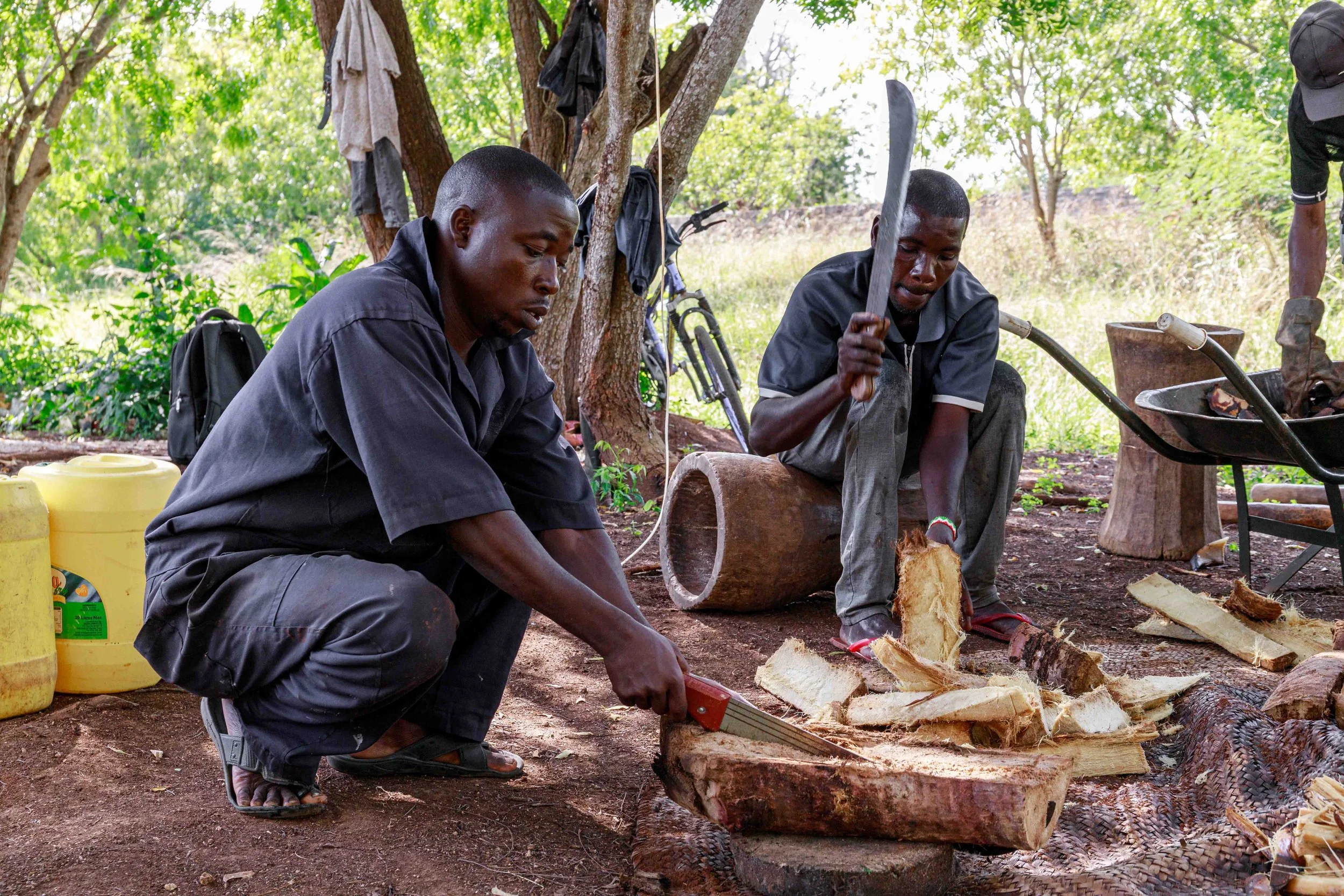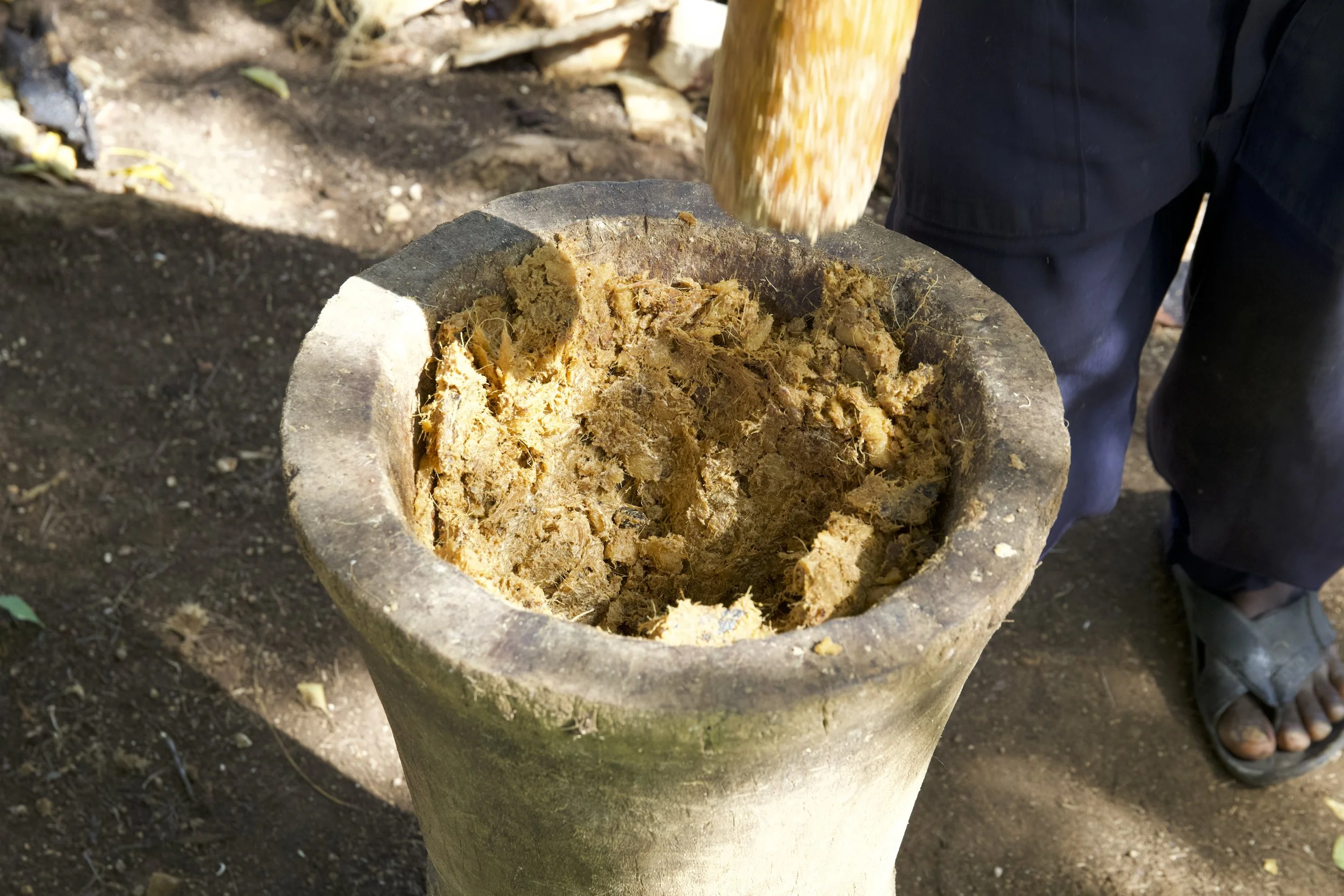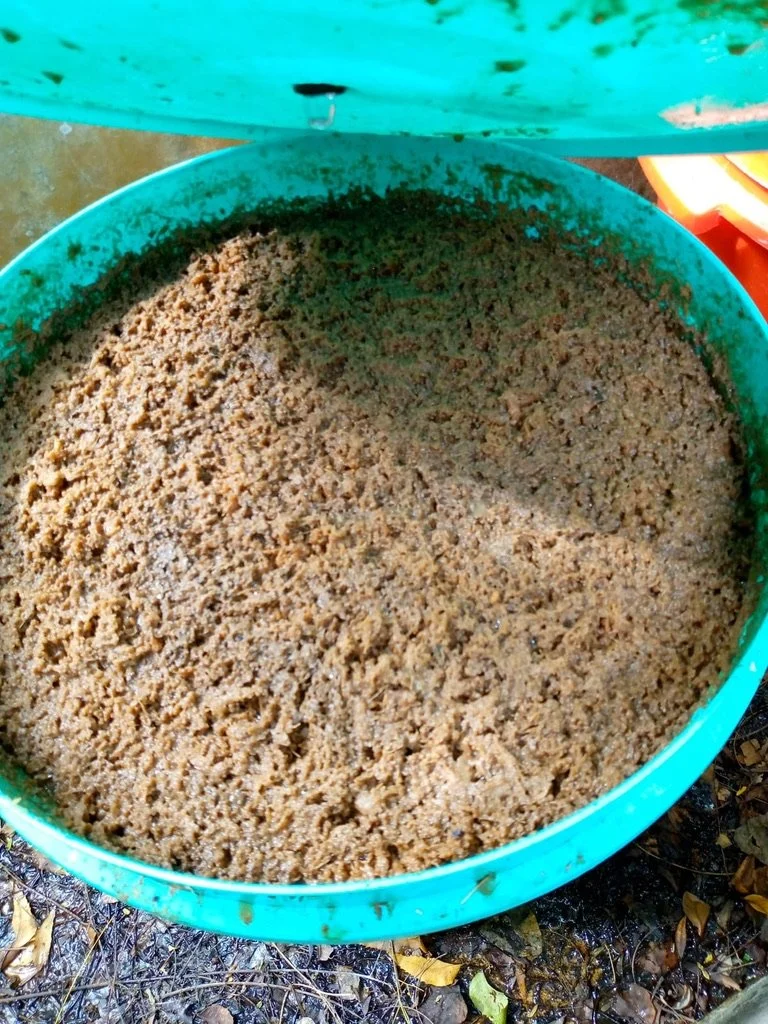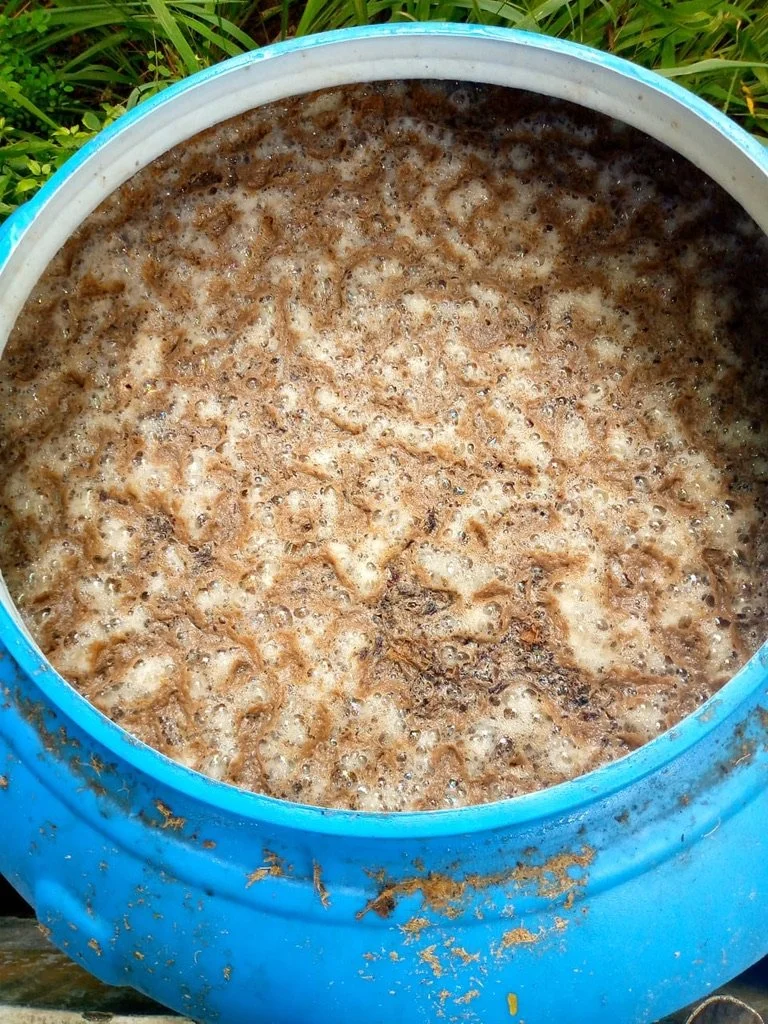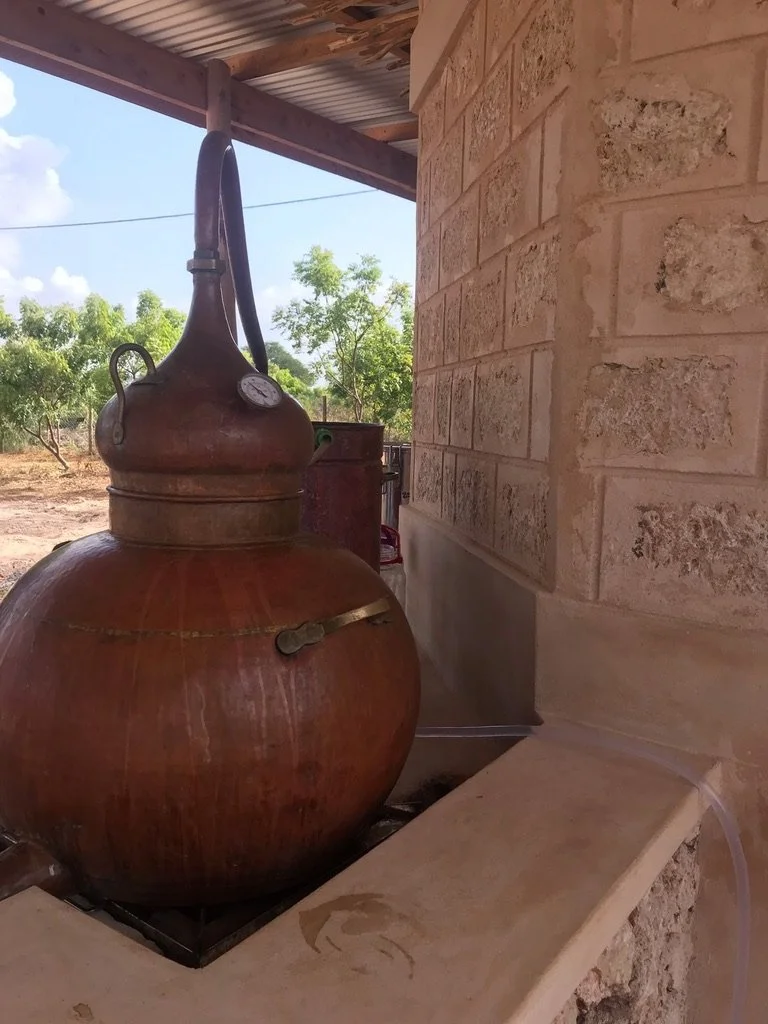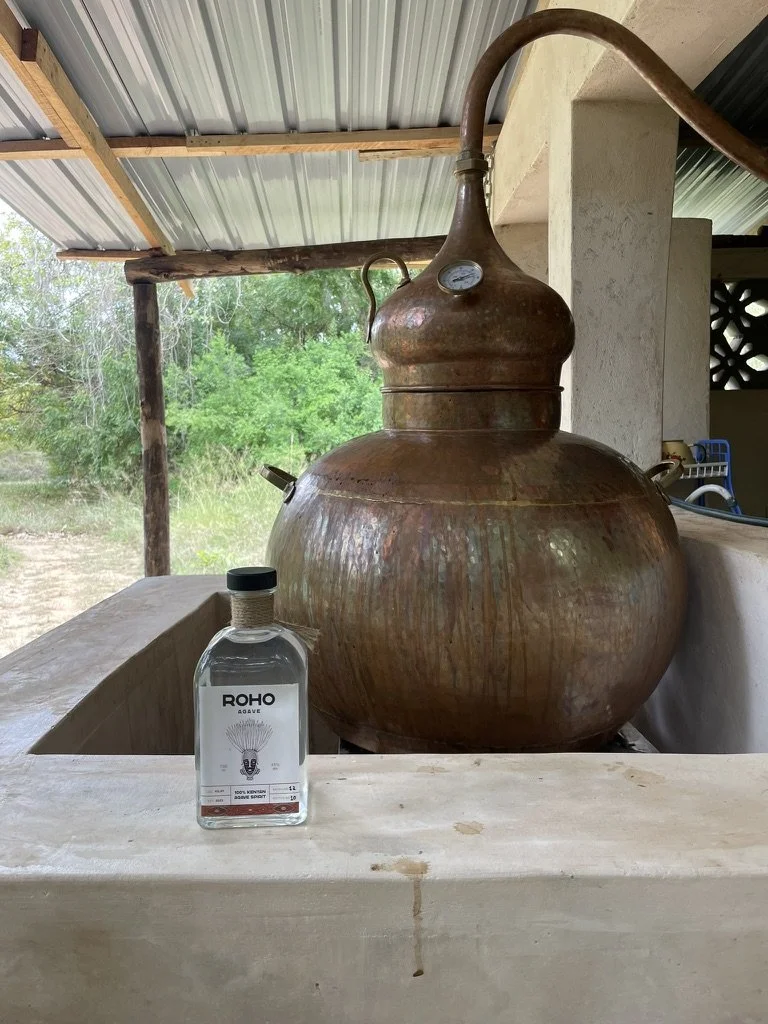We invite you here to learn all about the methods used to produce every bottle of delicious ROHO agave spirit and to truly
Discover the spirit of Sisal!
Quality, complexity and being truly unique are all characteristics that define ROHO. We pride ourselves on how we have adapted old techniques handed down across generations of Mezcaleros in Mexico to produce our own new and unique method of crafting high-quality, artisanal agave spirit. We hope that some of you find this process as fascinating as we do and that it helps to develop an appreciation of what goes into each and every bottle of ROHO.
The six-sided story
Our custom-designed hexagonal ROHO bottle is a shape that perfectly captures each of the stages of our production story. Many careful decisions are made at each step, with each action contributing in its own way toward the final taste.
1. The Harvest
2. The Cook
3. The Crush
4. The Ferment
6. The Blend
The Harvest
Agave spirits and Mezcales are among the few spirits that have characteristics that are determined by terroir. ROHO was born in a truly unique location, on the tropical coast of Kenya, in a small town called Kilifi. ROHO is made using Agave sisalana (sisal) that grows on ancient limestone bedrock metres away from the Indian Ocean. In Kilifi, sisal grow in large plantations that produce fibre from the leaves of the agave. The leaves are periodically harvested for around 10 years at which point the hearts of the plant are discarded. It’s these hearts that give ROHO its name, ROHO means heart in Swahili and is a representation of the sugar-containing core of the sisal plants, of which the spirit is made.
Our team trawl rows of sisal that have been growing for up to 15 years to select and source the largest and most rotund pieces. Through careful selection, we ensure the sisal we cook have the highest levels of sugar and flavour possible. We maintain that the unique processing of these agave along with their seaside location contributes to the distinctive character of ROHO.
The Cook
Agave spend their whole lives collecting and storing sugars in their core until the time comes when they decide to reproduce. They then use these stored sugars to grow a large pole up to 30ft long, adorned with sweet flowers for pollination. By timing the harvest right, we select plants that still have all their sugars locked up inside. However, these plants store the sugars as complex starches called inulin, which are not digestible and, more importantly, are not fermentable. This is where the cooking process comes in.
In order to break down inulin into fermentable sugars a process called hydrolysis is required where heat is added to break it down into fermentable sugars called fructans. Imagine trying to eat a raw potato, your body won’t digest the starches properly, so we need to cook the potato to release the carbohydrates we can use for energy. There are various ways of cooking agave and each method will represent different characteristics in the final spirit. We decided we wanted to produce an agave spirit with characters similar to Mezcal, so we made the decision to cook our agave in what’s known as a horno.
We start the process by creating a fire from a locally sourced wood called Neem which tends to burn for a long period at the right temperature. We then start placing volcanic rocks that have been sourced from Mt. Kilimanjaro. Other than being rocks from Africa’s largest dormant volcano, the properties of the volcanic rocks are highly heat retentive and have a high melting/cracking point. This means they maintain high heat for a long time whilst the agave are cooking. Once the rocks get to an optimal temperature, we layer recently fermented fibres onto the rocks that act as a barrier to prevent charring. The sisal pieces are quartered using an axe and then placed on top of the smouldering and smoky fibres before being covered with mats and tarpaulin and are buried under a layer of soil for insulation. This pit is then left to stew for up to 5 days before uncovering and transporting to our distillery site.
The Crush
Once delivered to our distillery site, the sweet and smoked pieces are left to cool and gradually sliced into chunks using a machete. The sugars in the agave remain tightly bonded to the fibrous biomass, and so the more they can be squeezed and crushed, the more sugar they will release. The cores of the plants tend to have the sweetest flavour, but the base of the leaves are much broader and sometimes even floral in flavour. We split these two parts then soak and crush them separately. Whilst developing our methods of extracting the sugars, we decided to take a local technique of using a hollowed-out tree trunk (called a Kinu) that is traditionally used for milling corn and adapted this method for crushing sisal.
Our team of 10 spend a week crushing roughly 50 cooked sisal using our many Kinus. The crushed sisal are then left to soak before being squeezed and the resulting juices are extracted to a precise level of sweetness.
The Ferment
A recent book on agave spirits by G. Nabhan & D. Piñera documents an interview with a Mexican Maestro Mezcalero who suggested there are around 45 different variables that can be adjusted to influence the final flavour of the Mezcal. Many of these variables come from the fermentation process. It is, after all, the distinct set of yeast species that do the hard work of converting sugar into alcohol. The specific type of alcohol produced depends on a range of characteristics, including; temperature, length of ferment, available sugars, season, and types of yeast.
We are lucky to be located in such a distinct location, on the tropical coast of Kenya, and we really want to reflect this in our process. One of the best ways of incorporating this nuance is by allowing our local yeast to do the hard work of turning the squeezed agave juices into alcohol. When open-air fermenting, these variables become hard to control and can result in variability between batches. For some, this inconsistency is an issue, but for others, it provides a chance to respect nature’s contribution to the wide array of flavours obtainable from an agave spirit. Naturally, we are fans of the funkier and unexpected process that the yeast plays in converting our sweet mash into a variety of delicious alcohols.
The Distillation
Distillation is a science that follows precise and strict rules of chemistry. Water boils at 100C, ethanol at 76C and methanol at 65C. Heat up the liquid until it turns to vapour, cool that vapour back down and collect the resulting liquid. If only it were that easy! Ethanol binds to water, methanol binds to ethanol and different fractions of alcohols, esters and aldehydes extract at different temperatures. And that’s in a perfect system, when using a pot still; you tend to get a broader spectrum of all of these components turning into vapour, so you collect varied amounts of these different compounds throughout the process of distillation. This is why distillation is also an art form. It’s the decisions of our master distillers that define what flavour compounds we want to collect and accentuate in the final blend.
You’ll often hear about Mezcales and agave spirits being double distilled. This is an important process that firstly, serves as a way to purify the spirit by running the liquid through copper, which helps remove pungent sulphur flavours and secondly, works as a way to concentrate alcohol from the ferment, sitting at roughly 8% a.b.v, which after the first distillation, will be raised to roughly 30% a.b.v.
The Blend
This is where the magic happens! Due to our decision to allow each batch to result in slightly varied characteristics, we must take great care in selecting the finest parts of the distilled alcohol to produce a balanced and rounded flavour profile that is the truest representation of the taste of the agave and the nuances of our whole process. We have the honour of defining which of the many diverse characteristics and flavour notes should be present in the liquid that then gets bottled for you to drink. It is our mission in the blending stage to create something that is truly outstanding, that takes you on a journey through the myriad of flavours, and ultimately gives the drinker a true appreciation of the spirit of sisal!


